Military strategy and tactics are the foundation of military operations and their importance cannot be overstated.
Military strategy involves the planning and execution of military campaigns while tactics refer to the methods used to achieve specific objectives within a campaign.
These concepts are essential to understanding how armed forces operate and they have been studied and refined for centuries.
The development of military strategy and tactics has been shaped by the evolution of warfare technology and geopolitics.
Today military planners must consider a range of factors when developing and executing military operations including the terrain the enemy’s capabilities and the political context.
This article provides an overview of the fundamentals of military strategy and tactics as well as a survey of some of the most important strategies and tactics used in modern military operations.
Key Takeaways
- Maneuver is central to military strategy involving movement of forces for positional advantage.
- Offensive strategies use force to gain advantage while defensive strategies fortify positions and repel attackers.
- Irregular warfare tactics undermine legitimacy and authority of government or military.
- Joint operations and combined arms warfare involve integrating various military assets and personnel.
Fundamentals of Military Strategy
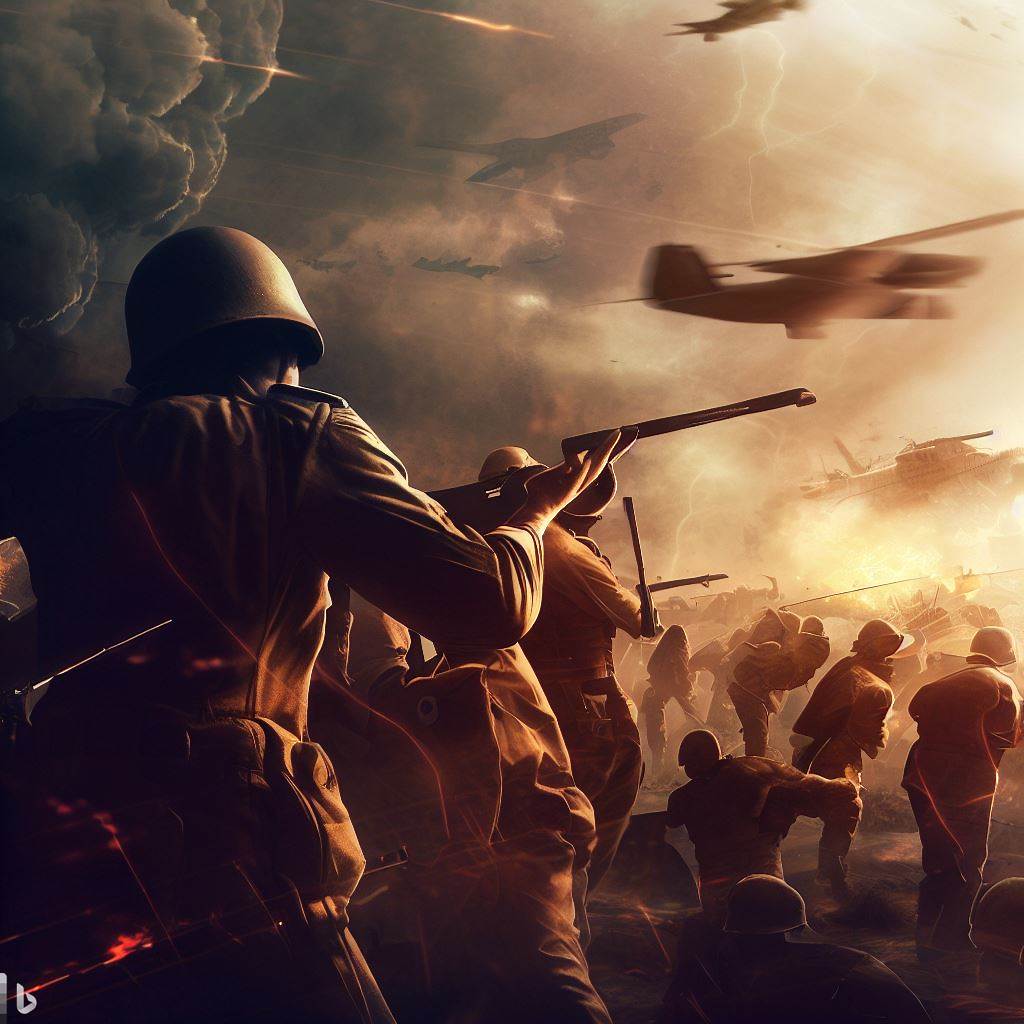
The fundamentals of military strategy encompass the foundational principles and tactics used to achieve military objectives in various contexts. Military strategy involves the planning and execution of military operations to achieve specific goals. It is concerned with the allocation of resources the identification of objectives and the development of tactics to achieve those objectives.
Central to military strategy is the concept of maneuver. Maneuver refers to the movement of military forces to gain a positional advantage over the enemy. This can involve the use of deception surprise and the exploitation of terrain and other features of the battlefield.
Additionally military strategy involves the use of force either to defeat the enemy or to deter them from taking certain actions. A key principle of military strategy is the need to balance the use of force with the conservation of resources particularly in protracted conflicts where resources may be scarce.
Offensive Strategies and Tactics
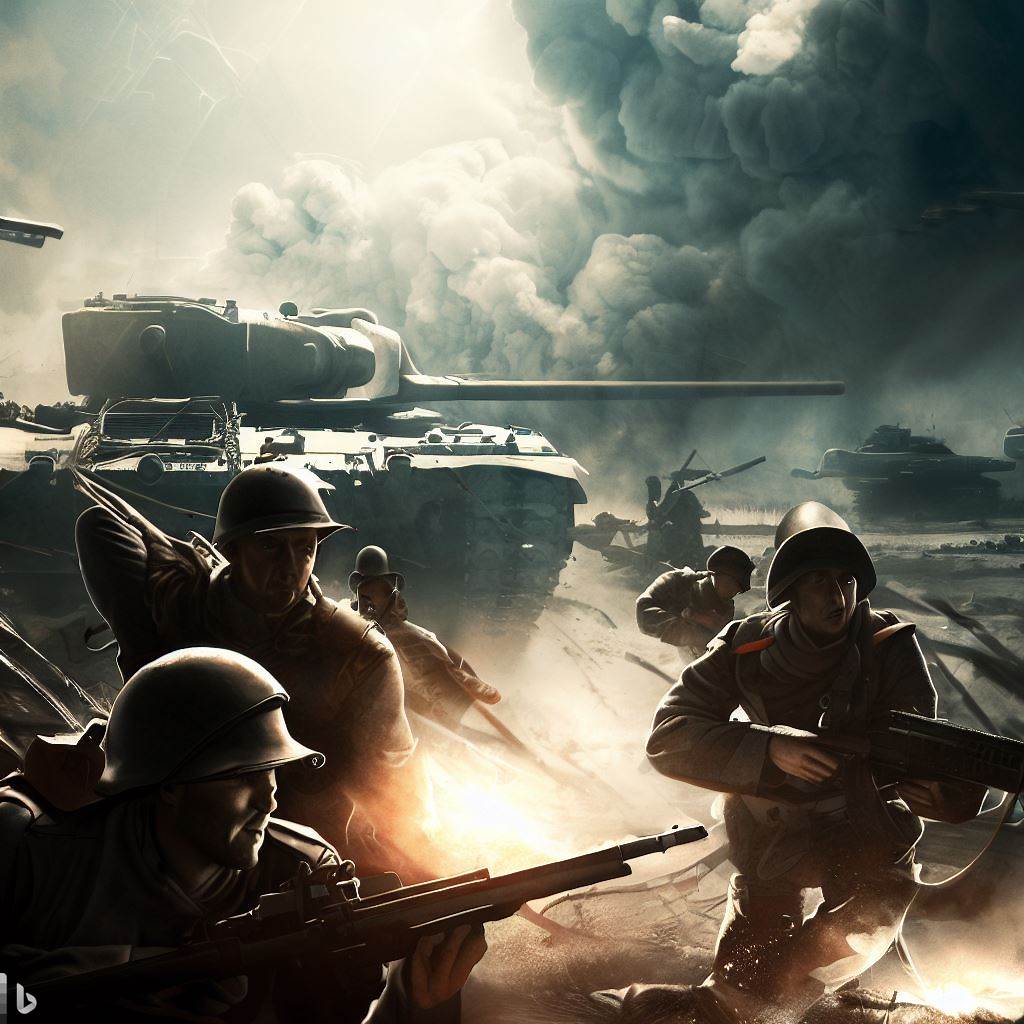
Offensive maneuvers in warfare involve the use of force to gain a strategic advantage over an adversary. This can be achieved by attacking the enemy’s positions destroying their resources or disrupting their communication and supply lines. Offensive strategies and tactics are essential in modern warfare as they allow an army to take control of the battlefield and dictate the terms of engagement.
Offensive operations can be carried out through various means including surprise attacks flanking maneuvers and frontal assaults. To effectively execute an offensive strategy military commanders must consider several factors. These include the terrain the enemy’s strength and disposition the availability of resources and the morale of their troops.
The success of an offensive operation depends on the ability of a military force to coordinate its movements concentrate its forces and apply overwhelming force at the decisive point of the battle. Offensive strategies and tactics have been used throughout history to great effect from the ancient Greeks and Romans to the modern-day conflicts in Iraq and Afghanistan.
A successful offensive operation requires a clear objective and a well-defined plan of action. Offensive maneuvers can be risky and require a high degree of coordination and synchronization. The use of surprise and deception can be a powerful tool in offensive operations. An offensive operation must be supported by a strong logistical network to ensure sustained operations. Offensive strategies must be flexible and adaptable to changing circumstances on the battlefield.
Defensive Strategies and Tactics
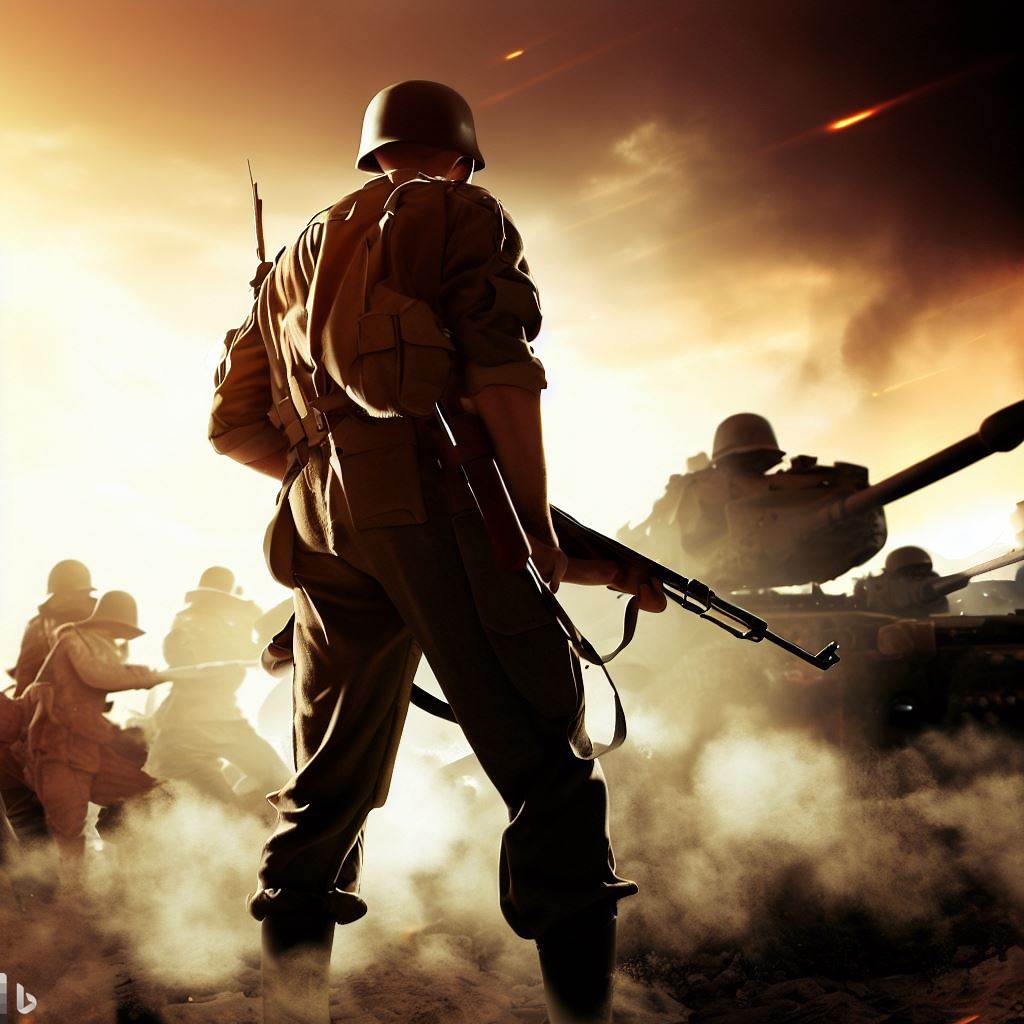
Protecting one’s own territory and resources from enemy attack requires a unique set of considerations and approaches. Defensive strategies and tactics involve fortifying one’s position and using various means to repel an attacker.
One of the most important aspects of defensive strategy is the placement of defensive structures such as walls fortifications and trenches in strategic locations. These structures are designed to slow down or stop enemy advances making it easier for defenders to repel the attack.
Another important aspect of defensive strategy is the use of weapons and other tools to defend one’s position. This can include everything from traditional weapons like guns and cannons to more modern technologies like drones and cyber defenses. Defensive tactics can also include ambushes traps and other surprise attacks that catch attackers off guard.
Ultimately the goal of any defensive strategy is to protect one’s own territory and resources while minimizing the damage to one’s own forces. By being prepared for an attack and using a combination of defensive tactics and strategies military forces can successfully defend their positions and repel enemy advances.
Guerrilla Warfare and Irregular Warfare
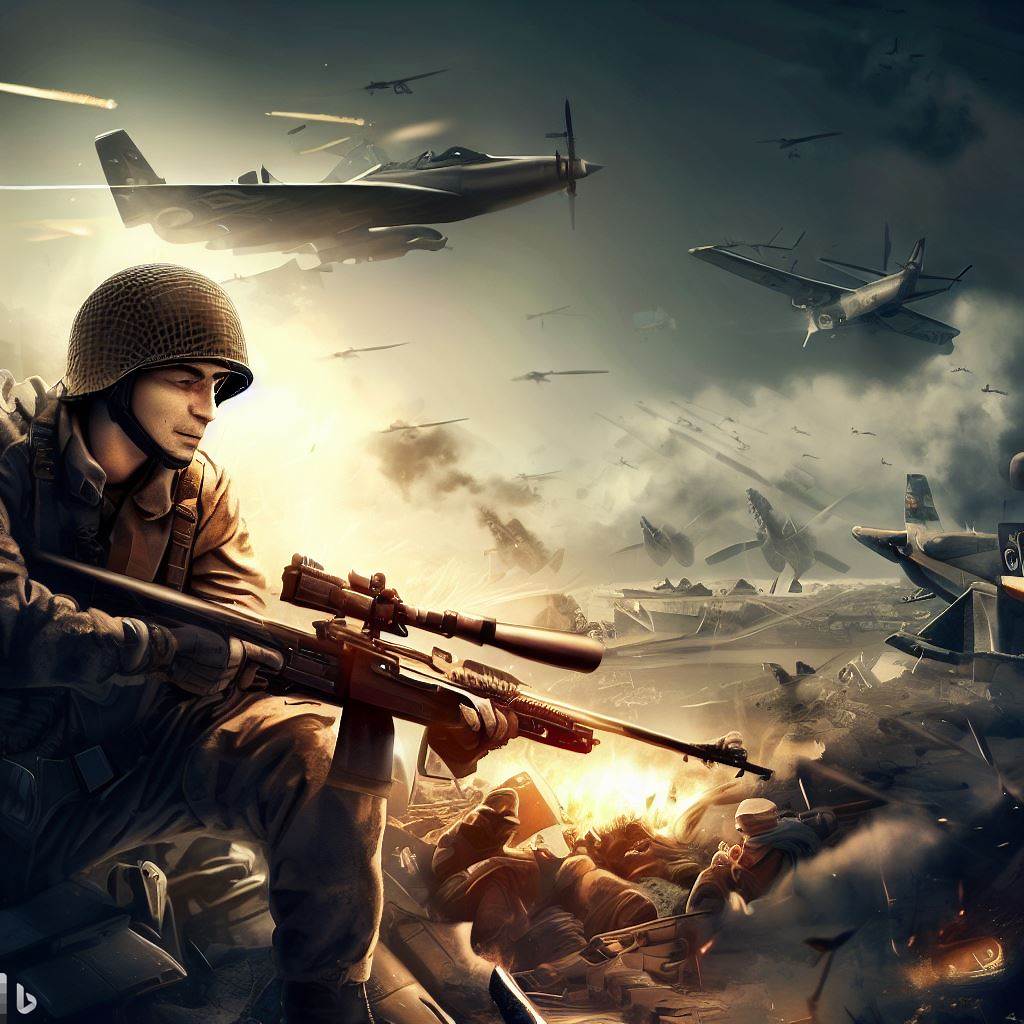
Understanding the complexities of guerrilla warfare and irregular warfare is crucial for military personnel in order to effectively counter insurgent tactics.
Guerrilla warfare is a type of warfare that involves small mobile groups of irregular forces that use tactics such as ambushes sabotage and hit-and-run attacks to wear down a larger more conventional force. It is often used by insurgent groups that lack the resources to engage in conventional warfare.
Irregular warfare on the other hand refers to a broader range of tactics used by irregular forces including guerrilla warfare terrorism and other forms of unconventional warfare. Insurgent groups often employ irregular warfare tactics to undermine the legitimacy and authority of the government or military they are fighting against. It is important for military personnel to understand these tactics in order to effectively counter them.
- The use of guerrilla tactics can be highly effective in asymmetrical warfare making it difficult for a larger more conventional force to gain ground.
- The tactics used in irregular warfare can often involve the targeting of civilians leading to high levels of fear and instability within the population.
- The use of improvised explosive devices (IEDs) in irregular warfare can be highly effective in causing casualties among military personnel but can also lead to high levels of collateral damage and civilian casualties.
Naval Strategies and Tactics
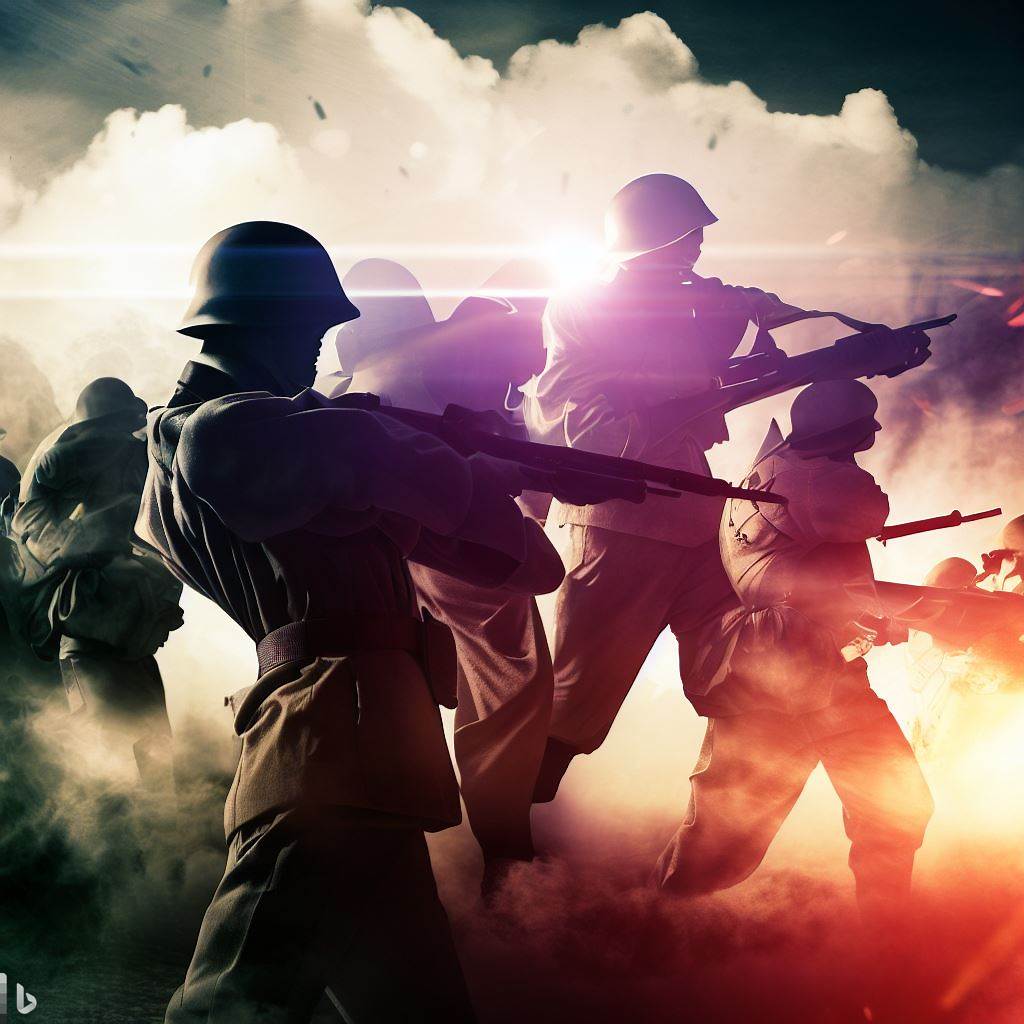
Naval operations require a comprehensive understanding of the principles of naval warfare including the use of technology logistics and sea power to achieve strategic objectives.
One of the critical aspects of naval strategy and tactics is the ability to control sea lanes which are essential for the transportation of goods and military forces. This can be achieved through the use of various techniques such as blockade interdiction and escort operations.
Blockades are designed to prevent the movement of enemy forces and supplies through a specific area. Interdiction involves disrupting the flow of enemy supplies and forces by attacking their transportation infrastructure. Escort operations are used to protect friendly shipping from enemy attacks.
Another key aspect of naval strategy is the ability to project power ashore. This is achieved through the use of naval gunfire support amphibious operations and carrier-based air power.
Naval gunfire support involves the use of naval artillery to provide fire support to ground forces. Amphibious operations are used to land troops and equipment on hostile shores while carrier-based air power provides air support to ground forces and can strike targets deep in enemy territory.
Successful naval strategy and tactics require a combination of technological advancements logistical support and the effective use of sea power to achieve strategic objectives.
Air and Space Strategies and Tactics

The utilization of air and space power has become increasingly important in modern warfare due to its ability to provide strategic advantages and influence the outcome of conflicts. The development of aerial and space technologies has allowed militaries to conduct reconnaissance surveillance and intelligence gathering operations as well as provide air support strike capabilities and strategic mobility. These capabilities have transformed the nature of warfare allowing militaries to project power across great distances and engage in precise and targeted strikes.
To fully appreciate the significance of air and space power it is important to understand the key strategies and tactics that are employed in these domains. Some of these strategies and tactics include:
- Air superiority: The ability to control the skies and deny the enemy the use of their own air assets.
- Precision strike: The ability to accurately target enemy positions and infrastructure using guided munitions.
- Aerial reconnaissance and surveillance: The use of aircraft and drones to gather intelligence and monitor enemy movements.
- Strategic airlift: The ability to quickly transport troops and equipment across great distances allowing for rapid deployment and response to crises.
By employing these strategies and tactics militaries can achieve a range of objectives from conducting surgical strikes to supporting ground operations and conducting large-scale air campaigns. As such air and space power has become an essential component of modern warfare and will continue to play a critical role in shaping the outcome of future conflicts.
Amphibious Warfare

Amphibious warfare has been a critical component of many historical conflicts evoking emotions of bravery and sacrifice in those who have fought on both sides. The strategy involves launching an attack from the sea onto a hostile shore which requires the coordination of naval ground and air forces.
Amphibious warfare has been employed in several significant battles such as the Normandy landings during World War II and the Falklands War. The success of an amphibious assault depends on several factors including the element of surprise accurate intelligence and superior firepower.
The amphibious force must overcome several obstacles including securing a beachhead establishing supply lines and dealing with hostile terrain and weather conditions. The complexity of the operation requires detailed planning rehearsal and execution.
Modern amphibious warfare has evolved with technological advancements including the use of amphibious assault ships landing craft and helicopters. Despite the challenges amphibious warfare remains an essential component of military strategy and its success depends on the skill bravery and determination of the troops involved.
Counterinsurgency Operations
Counterinsurgency operations involve a multifaceted approach to combatting non-state actors who use unconventional tactics to resist a government or occupying force. These operations require a combination of military political and economic measures to address the root causes of insurgency and win hearts and minds of local populations.
Counterinsurgency operations are often prolonged and complex requiring a deep understanding of local cultures customs and political dynamics. In order to effectively counter insurgency military forces must work closely with local populations to identify and isolate the insurgents.
This involves building relationships with local leaders empowering them to take control of their communities and providing them with the resources they need to promote stability and security. At the same time security forces must aggressively target the leadership and infrastructure of the insurgent group disrupting their operations and denying them the ability to regroup and reorganize.
Ultimately the success of counterinsurgency operations depends on the ability to strike a delicate balance between military force and political engagement and to build trust and confidence with local populations over the long term.
Joint Operations and Combined Arms Warfare

Coordinated efforts between different branches of the armed forces and the use of multiple types of weaponry are essential for successful joint operations and combined arms warfare. This type of warfare involves the integration of various military assets and personnel including infantry artillery armor air support and naval forces. The objective is to achieve a unified and synchronized approach to military operations that maximizes the strengths of each branch of the armed forces.
To achieve this type of warfare there are several key factors that must be considered including:
- Effective communication: Communication must be clear concise and timely between all branches of the armed forces to ensure that everyone is aware of the overall strategy and objectives.
- Flexibility: Joint operations and combined arms warfare require flexibility and adaptability to changing situations on the ground.
- Training and education: Personnel from different branches of the armed forces must be trained and educated to work together seamlessly including understanding each other’s tactics terminology and equipment.
Overall joint operations and combined arms warfare require a high level of coordination cooperation and integration between different branches of the armed forces to achieve success on the battlefield. It is essential for military leaders to understand and implement these principles to ensure that their forces are prepared for any type of conflict.
Cyber Warfare and Information Operations
The integration of technology and information has become a critical component of modern warfare with cyber warfare and information operations playing an increasingly important role in military operations.
Cyber warfare involves the use of technology to disrupt or damage an enemy’s computer systems networks and infrastructure. This can be achieved through the use of malware viruses and other forms of malicious software that can infiltrate an enemy’s systems and cause significant damage.
Information operations on the other hand involve the use of information to influence the opinions and actions of an enemy or a target audience. This can be achieved through the use of propaganda disinformation and psychological warfare among other tactics.
In modern warfare the ability to effectively conduct cyber warfare and information operations can be just as critical as traditional forms of military tactics and strategy. As technology continues to advance and become more sophisticated it is likely that cyber warfare and information operations will become even more important in future military operations.
Frequently Asked Questions
How do military strategies vary in different geographical regions?
Military strategies vary in different geographical regions due to a range of factors including terrain climate local resources cultural practices and historical experiences.
For example in mountainous regions military forces may rely on guerrilla tactics and ambushes to defend their territory while in desert environments they may use mobility and speed to outmaneuver their opponents.
Similarly in regions with abundant natural resources military strategies may focus on securing and exploiting these resources while in regions with limited resources strategies may prioritize conservation and efficiency.
Furthermore cultural practices and historical experiences can influence military strategies with some regions having a long tradition of defensive warfare while others prioritize offensive tactics.
Therefore military strategies must be tailored to the specific conditions and challenges of each region to be effective.
What is the impact of technological advancements on modern warfare tactics?
The impact of technological advancements on modern warfare tactics has been considerable. With the development of new weapons communication systems and surveillance technologies military forces have been able to engage in warfare with greater precision and efficiency.
For example drones equipped with cameras and missiles have enabled commanders to gather intelligence locate targets and conduct targeted strikes with minimal risk to their troops. Similarly advances in cyber warfare have allowed military forces to disrupt enemy communications sabotage infrastructure and steal sensitive information.
However these technological advancements have also created new vulnerabilities as hackers and other adversaries seek to exploit weaknesses in military systems. As a result military forces must balance the benefits of technological innovation with the need to protect sensitive information and maintain operational security.
How do military leaders decide on the appropriate strategy to use in a given situation?
Military leaders determine the appropriate strategy to use in a given situation by conducting a thorough analysis of various factors such as the enemy’s strengths and weaknesses terrain weather conditions available resources and the political and social environment.
They also consider the objectives of the mission and the desired outcome. After gathering all the necessary information military leaders apply their knowledge and experience to determine the best course of action.
This involves weighing the potential risks and benefits of each strategy and selecting the one that maximizes the chances of success while minimizing the potential for casualties.
Military leaders also understand that flexibility is critical and they remain prepared to adjust their strategy as the situation evolves.
Ultimately the decision-making process is complex and requires a combination of intelligence experience and strategic thinking.
What role do intelligence operations play in military strategy and tactics?
Intelligence operations play a crucial role in military planning and decision-making. They provide information about the enemy’s activities capabilities and intentions which allows military leaders to assess the situation and develop an appropriate strategy.
Intelligence operations collect and analyze information from a variety of sources including human intelligence signals intelligence and imagery intelligence. This information is then used to develop a comprehensive picture of the battlefield including the enemy’s strengths and weaknesses the terrain and other factors that may impact the success of the mission.
By using intelligence to inform their decisions military leaders can make more informed choices about how to allocate resources deploy troops and execute operations which can ultimately lead to greater success on the battlefield.
How do cultural and societal differences affect military strategies and tactics in international conflicts?
Cultural and societal differences can significantly affect military strategies and tactics in international conflicts. These differences can influence the way in which military forces communicate engage with civilians and understand the local environment.
For example in a conflict where the opposing force has a strong sense of nationalism it may be more difficult for foreign military forces to gain the trust and cooperation of the local population. Similarly cultural differences in communication styles and body language can impact the effectiveness of military operations.
Therefore understanding and adapting to cultural and societal differences is crucial for military forces to successfully achieve their objectives in international conflicts.